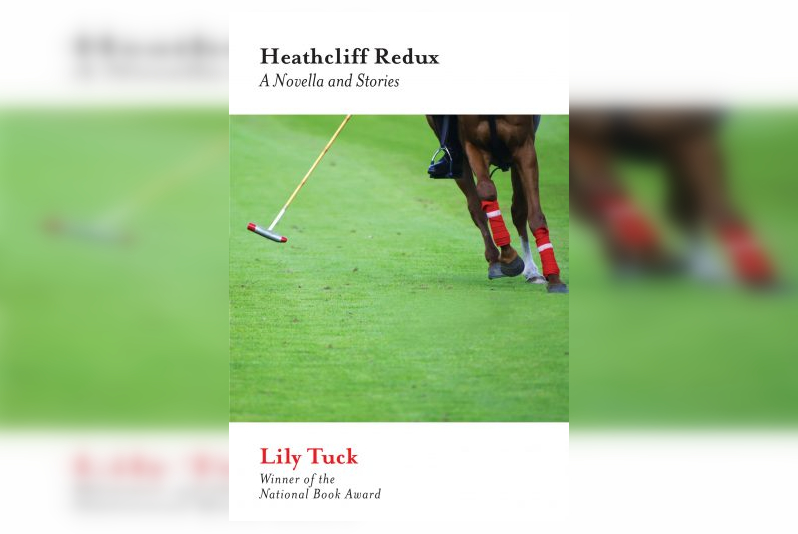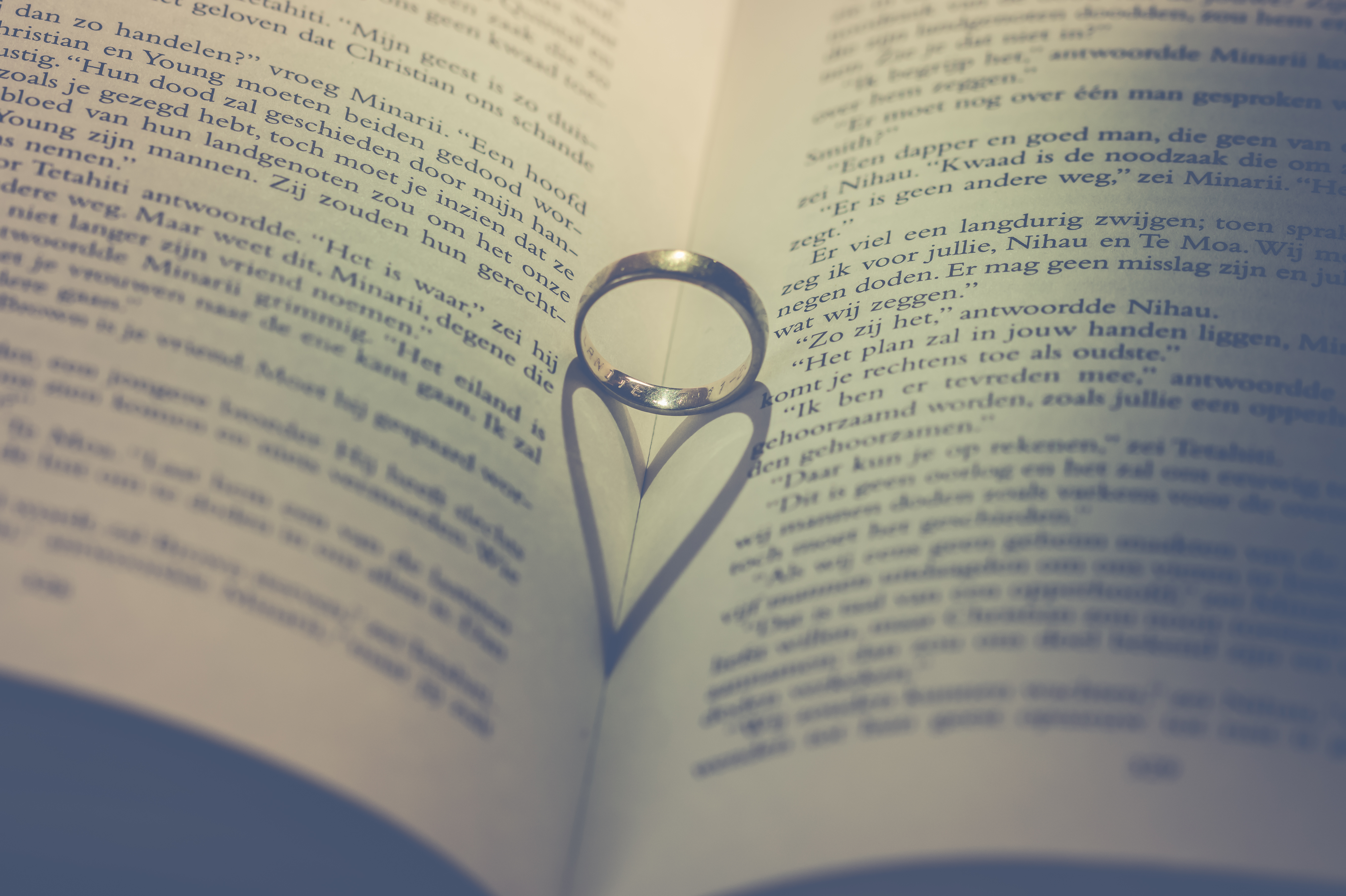National Book Award winner Lily Tuck is very familiar with tackling the plights of women characters across time and place in her writing. Her latest work, Heathcliff Redux and Other Stories, picks up on these themes while also playing with form. Comprised of a novella and four short stories, the collection looks at human situations with control and complexity as Tuck takes readers through a number of case studies where characters hope (mostly to little avail) to be an exception to the cruel rules of reality.
The titular novella concerns an unnamed married woman living a rural Virginia farm life in 1963, re-reading Wuthering Heights and having an affair with the attractive new bad boy Cliff as she works to find deeper meaning in her life. The stories in the collection showcase similarly troubling plights: a group of loosely tied friends during an Italian holiday in the 1950s; a young woman desperate for a future with her drug addict boyfriend; a newly married man haunted by a violent act from his youth; and a series of emails a woman receives recalling her involvement with a cult.
Something all of the work shares is a stunning attention to detail. As the narrator in the novella endures an awkward Thanksgiving dinner uncomfortably holding her husband’s hand, things are described so closely that when the narrator shares “my wedding ring dug painfully into my fingers,” her pain becomes the reader’s. In “Labyrinth Two,” a character named Franco cannot stop thinking so specifically about whether or not the girl he is chatting with is wearing a bra, and eventually neither do we. In “Carl Schurz Park,” we are told that the girl who will go on to be murdered had her skirt hiked up, “exposing her pink panties that had TUESDAY stitched on the back, only it wasn’t Tuesday, it was Saturday,” which goes on to haunt us as it does the man who saw it. In “A Natural State,” a woman remembers a man who kept gum in his mouth during sex, the “chomp chomp next to her ear,” eliciting our disgust. They are the sorts of things people do not tend to notice, let alone say, making the stories feel hyper realistic and causing the reader to become very invested.
Individually, the works find their own highs and lows. Heathcliff Redux successfully uses an essayistic form to paint a portrait of a pragmatic character in need of rebellion. Despite living in the ‘60s, the narrator tells us her and her husband “did not do drugs…get divorced…[or] have abortions or extramarital love affairs,” so she amusingly seeks release from a love story in a 19th century novel. When the narrator’s life seemingly blends with the themes of Wuthering Heights is when the novella hits its stride, comparing Cliff’s switching tires from rental cars with those from his own vehicle to Heathcliff’s exchanging horses when one goes lame, or citing Elizabeth Hardwick’s evaluation of Wuthering Heights as being “a virgin’s story” as the narrator shares she has only been intimate with her husband before Cliff. This technique explodes the narrator’s mental state as she gets further entrenched in the affair, deeply analysing the phrase “can’t hold a candle to” after Cliff uses it to assure he likes her more than other women from his past. Through these moments, we see the narrator come to realise she cannot escape her role as a mother, nor can she find it in herself to love her husband the way she has loved Cliff or force Cliff to commit. Just as we feel her excitement and astonishment over being loved for the first time, we start to feel her pain as her rose coloured glasses come off.
Where the novella starts to falter is the same place the short stories that follow do, too: the ending. After 150 pages of love affairs and resentment, the final unravelling of the characters’ lives occur in a rushed six pages, during which there are break-ups, moves, and deaths, among other monumental events. A penultimate scene set against the assassination of President Kennedy feels like a delayed cultural reference, an essayist pairing of elements that while makes logical sense also weakens the emotional tie Tuck has worked to build between the reader and the characters. A similar situation occurs in “Labyrinth Two” where after deeply entangling the reader in the emotions of a group of friends, we are pulled out at the very end for a shallow observation of the photo upon which the story was inspired—especially disappointing since Tuck has worked hard to make these characters so real that their anecdotal beginning almost gets forgotten. Even in the story endings that are better paced, there is still a sense of discomfort from their overall quickness.
A sense of discomfort, however, may be Tuck’s ultimate goal with the collection, to highlight that life rarely gives humans adequate time to truly experience loving, learning, leaving, and everything in between. Perhaps in Tuck’s insistence on having the ribbons of her stories stay loose rather than tie them into the oft-experienced bows of short fiction, she is seeking for readers to look for something deeper than narrative structure, to confront our universal vulnerability to the some of the darkest elements of truth.




